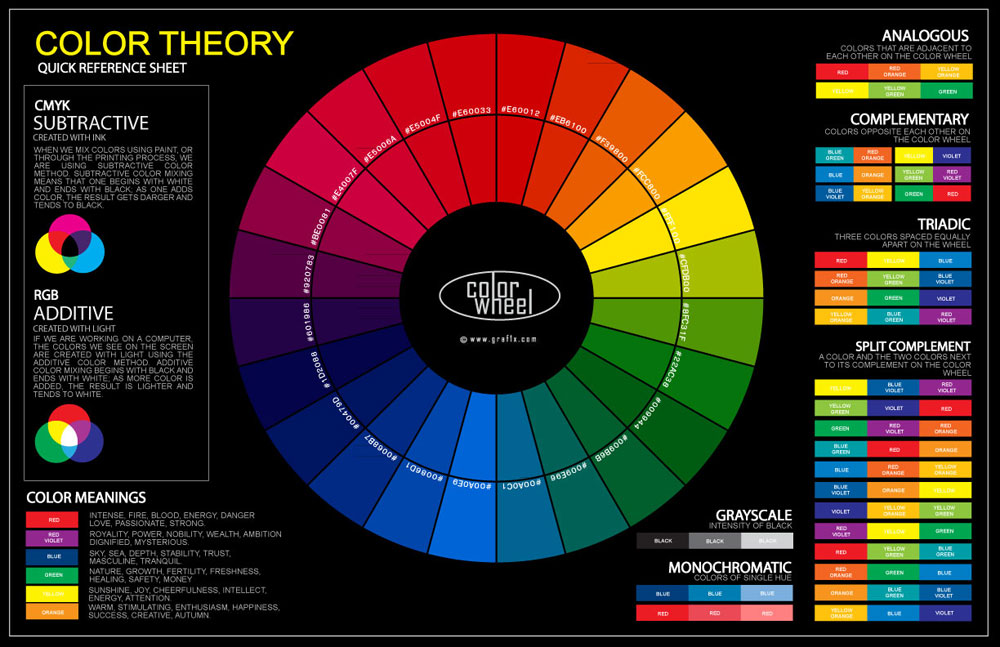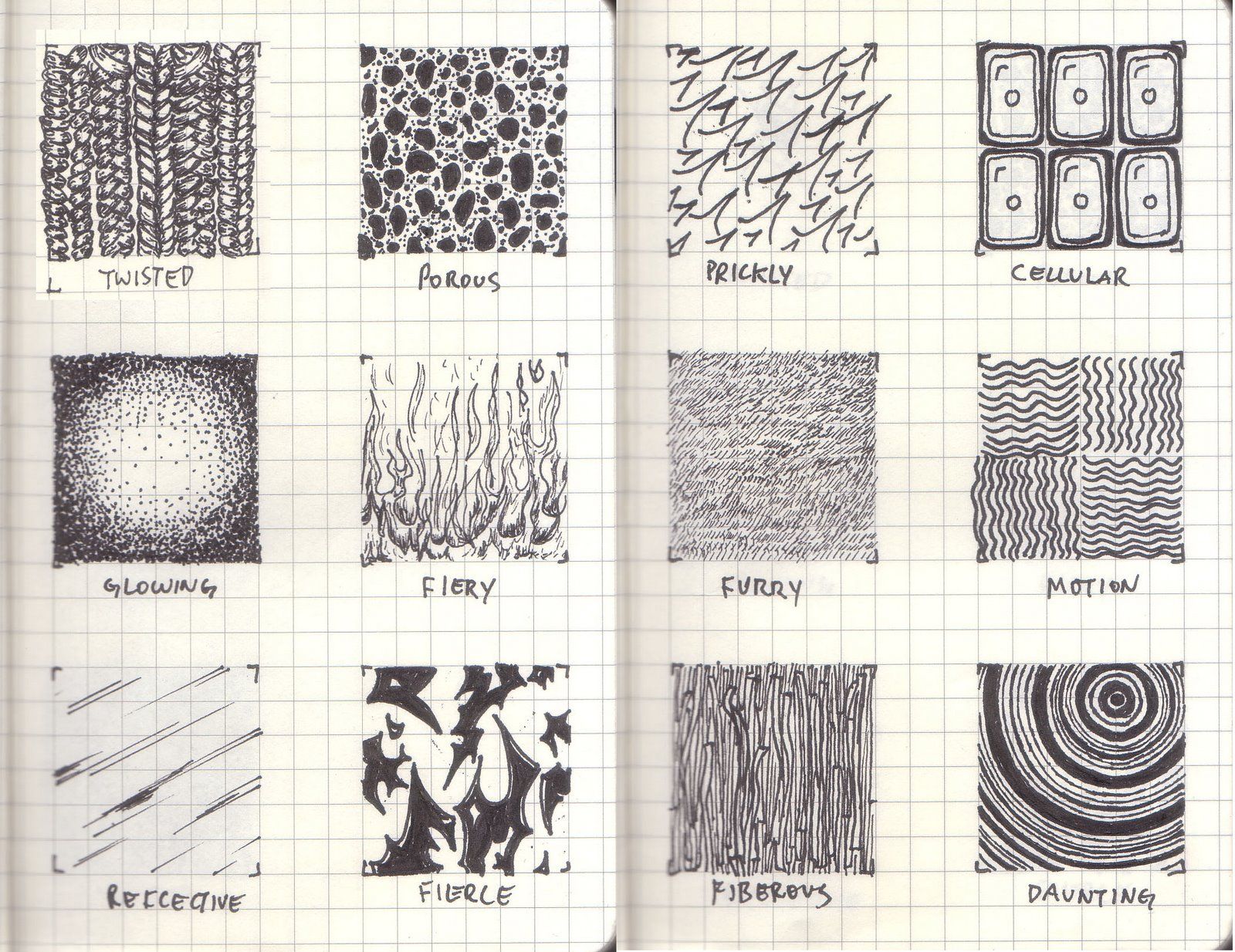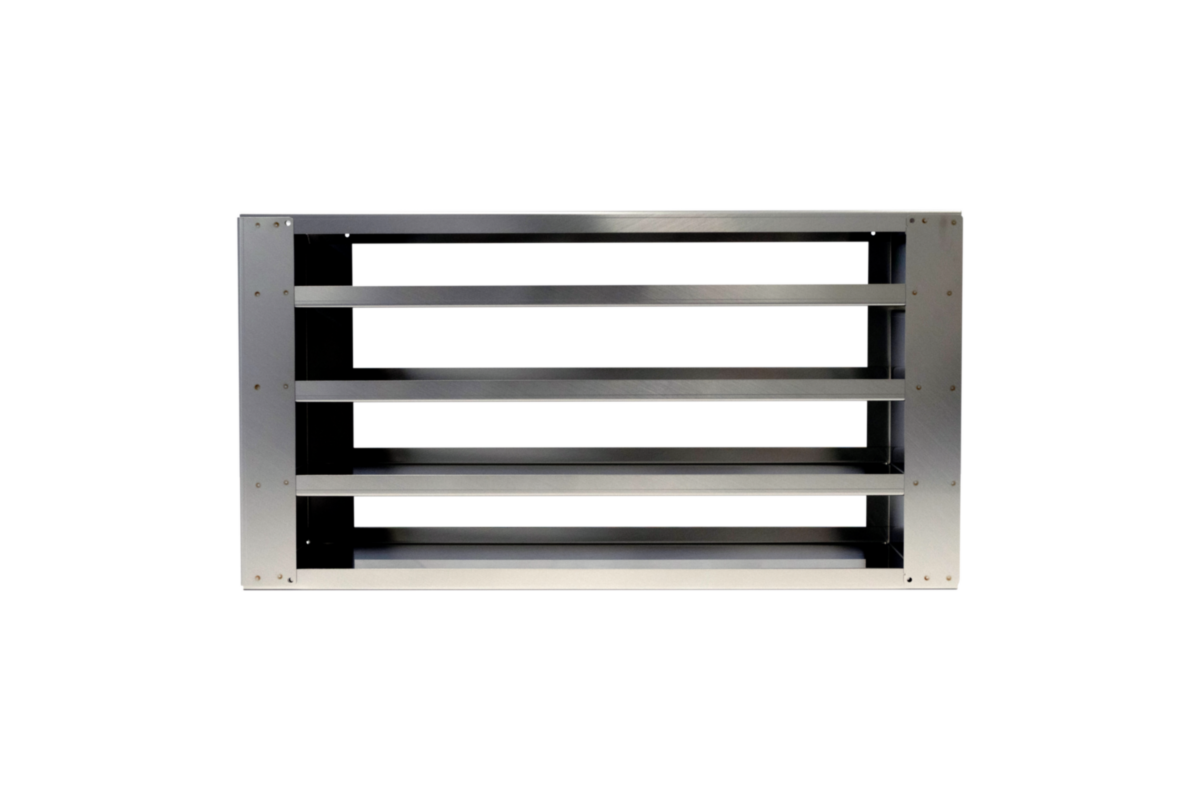When designing your kitchen, it's important to make the most out of every inch of space. One way to do this is by utilizing vertical space with tall cabinets and shelves. This not only adds extra storage for your kitchen essentials, but it also draws the eye upwards, making the space feel larger and more open. Consider installing cabinets that reach all the way to the ceiling, or incorporating floor-to-ceiling shelving for a sleek and modern look. This will also allow you to keep less frequently used items out of reach, while still having them easily accessible when needed.1. Utilize Vertical Space with Tall Cabinets and Shelves
A kitchen island is a highly functional and versatile addition to any kitchen design. Not only does it provide extra counter space for food preparation and serving, but it can also double as a dining area or a place for guests to gather while you cook. When choosing a kitchen island, consider one with built-in storage such as cabinets or drawers. This will help keep your kitchen clutter-free and organized, while also providing a designated space for items like cookbooks or appliances.2. Incorporate a Kitchen Island for Added Counter Space and Storage
Your kitchen is an extension of your home, so it's important to choose a color scheme that reflects your personal style and complements the rest of your house. Whether you prefer bold and vibrant colors or a more neutral and calming palette, make sure the colors you choose are cohesive and create a sense of flow between rooms. Consider incorporating pops of color through accessories or accent pieces, while keeping the main color scheme consistent throughout the space. This will create a visual balance and add personality to your kitchen design.3. Choose a Color Scheme that Reflects Your Personal Style and Complements the Rest of Your Home
When designing your kitchen, it's important to consider the flow and functionality of the space. This means thinking about how you move around the kitchen while cooking, and making sure that your appliances and work areas are easily accessible. One popular layout for kitchens is the "work triangle", which consists of the refrigerator, stove, and sink in a triangular formation. This layout maximizes efficiency and minimizes unnecessary steps while cooking. However, every kitchen is different, so make sure to consider your specific needs and preferences when designing your kitchen layout.4. Consider the Flow and Functionality of Your Kitchen Layout
Investing in quality appliances is essential for a functional and efficient kitchen. Not only do they make cooking and food preparation easier, but they also add value to your home. When choosing appliances, consider your specific needs and budget to ensure that you are getting the most out of your investment. Look for energy-efficient and space-saving options to make the most out of your kitchen design. You can also consider incorporating built-in appliances for a seamless and sleek look.5. Invest in Quality Appliances that Fit Your Needs and Budget
Lighting is an important element in any kitchen design. Not only does it enhance the overall aesthetic of the space, but it also plays a vital role in the functionality of your kitchen. Incorporate a mix of task lighting, such as under-cabinet lights, and ambient lighting, like pendant lights or a chandelier, to create a well-lit and inviting atmosphere. You can also consider adding a dimmer switch to control the intensity of the lighting and set the mood for different occasions.6. Use Lighting to Enhance the Design and Functionality of Your Kitchen
When it comes to kitchen design, don't be afraid to mix and match different textures and materials. This can add depth and visual interest to your space, creating a unique and personalized design. Consider incorporating elements such as natural wood, stone, or metal to add texture and contrast to your kitchen. You can also play with different finishes, such as matte and glossy, to add dimension to your design.7. Incorporate Different Textures and Materials for a Visually Interesting Design
Gone are the days of having a perfectly coordinated and matching kitchen. Nowadays, mixing and matching styles is a popular trend in kitchen design. This allows you to create a unique and personalized space that reflects your personal style. For example, you can pair modern and industrial elements, or mix traditional and contemporary styles to create a one-of-a-kind look. Just make sure to keep a cohesive color scheme and balance of elements to avoid a chaotic design.8. Don't Be Afraid to Mix and Match Styles for a Unique Look
Storage is essential in any kitchen, and utilizing storage solutions is key to keeping your space organized and clutter-free. Consider installing pull-out shelves and drawer organizers to make the most out of your cabinets and drawers. You can also incorporate other storage solutions, such as hanging racks or wall-mounted shelves, for items that are used frequently or for decorative purposes.9. Utilize Storage Solutions such as Pull-Out Shelves and Drawer Organizers
When choosing materials for your kitchen, it's important to consider their maintenance and durability. This is especially important for high-traffic areas such as the kitchen, where spills and stains are more likely to occur. Opt for materials that are easy to clean and maintain, such as quartz or granite countertops, and durable flooring options like tile or hardwood. This will not only save you time and effort in the long run, but it will also ensure that your kitchen remains looking beautiful for years to come.10. Consider the Maintenance and Durability of Materials when Making Design Choices
Maximizing Storage Space

Utilize Vertical Space
 When designing a kitchen, it's important to make the most of every inch of space. One of the best ways to do this is by utilizing vertical space.
Install floating shelves or cabinets that extend all the way to the ceiling
to make use of the often neglected space above eye level. This not only adds more storage space, but can also make the room appear larger and more open.
When designing a kitchen, it's important to make the most of every inch of space. One of the best ways to do this is by utilizing vertical space.
Install floating shelves or cabinets that extend all the way to the ceiling
to make use of the often neglected space above eye level. This not only adds more storage space, but can also make the room appear larger and more open.
Invest in Organizational Tools
 Another tip for maximizing storage space in the kitchen is to invest in
organizational tools such as drawer dividers, spice racks, and pull-out shelves
. These tools can help keep items neatly organized and easily accessible, making it easier to find what you need without digging through cluttered drawers or cabinets.
Another tip for maximizing storage space in the kitchen is to invest in
organizational tools such as drawer dividers, spice racks, and pull-out shelves
. These tools can help keep items neatly organized and easily accessible, making it easier to find what you need without digging through cluttered drawers or cabinets.
Think Outside the Box
 Don't be afraid to think outside the box when it comes to storage solutions for your kitchen. For example,
utilize the space underneath your cabinets by installing hanging racks for pots, pans, and cooking utensils
. This not only frees up valuable cabinet space, but can also add a unique and decorative touch to your kitchen design.
Don't be afraid to think outside the box when it comes to storage solutions for your kitchen. For example,
utilize the space underneath your cabinets by installing hanging racks for pots, pans, and cooking utensils
. This not only frees up valuable cabinet space, but can also add a unique and decorative touch to your kitchen design.
By making the most of vertical space, investing in organizational tools, and thinking outside the box, you can maximize storage space in your kitchen and keep it clutter-free and functional . With these tips in mind, you can create a kitchen design that not only looks great, but also meets all of your storage needs.















/cdn.vox-cdn.com/uploads/chorus_image/image/65889507/0120_Westerly_Reveal_6C_Kitchen_Alt_Angles_Lights_on_15.14.jpg)





:max_bytes(150000):strip_icc()/distanceinkitchworkareasilllu_color8-216dc0ce5b484e35a3641fcca29c9a77.jpg)










/easy-color-schemes-from-color-wheel-797784_V4-51db985b605c49e29ee1f6186d6ec258.png)




















.jpg)






































/cdn.vox-cdn.com/uploads/chorus_asset/file/19496473/drawer_illo.jpg)




















